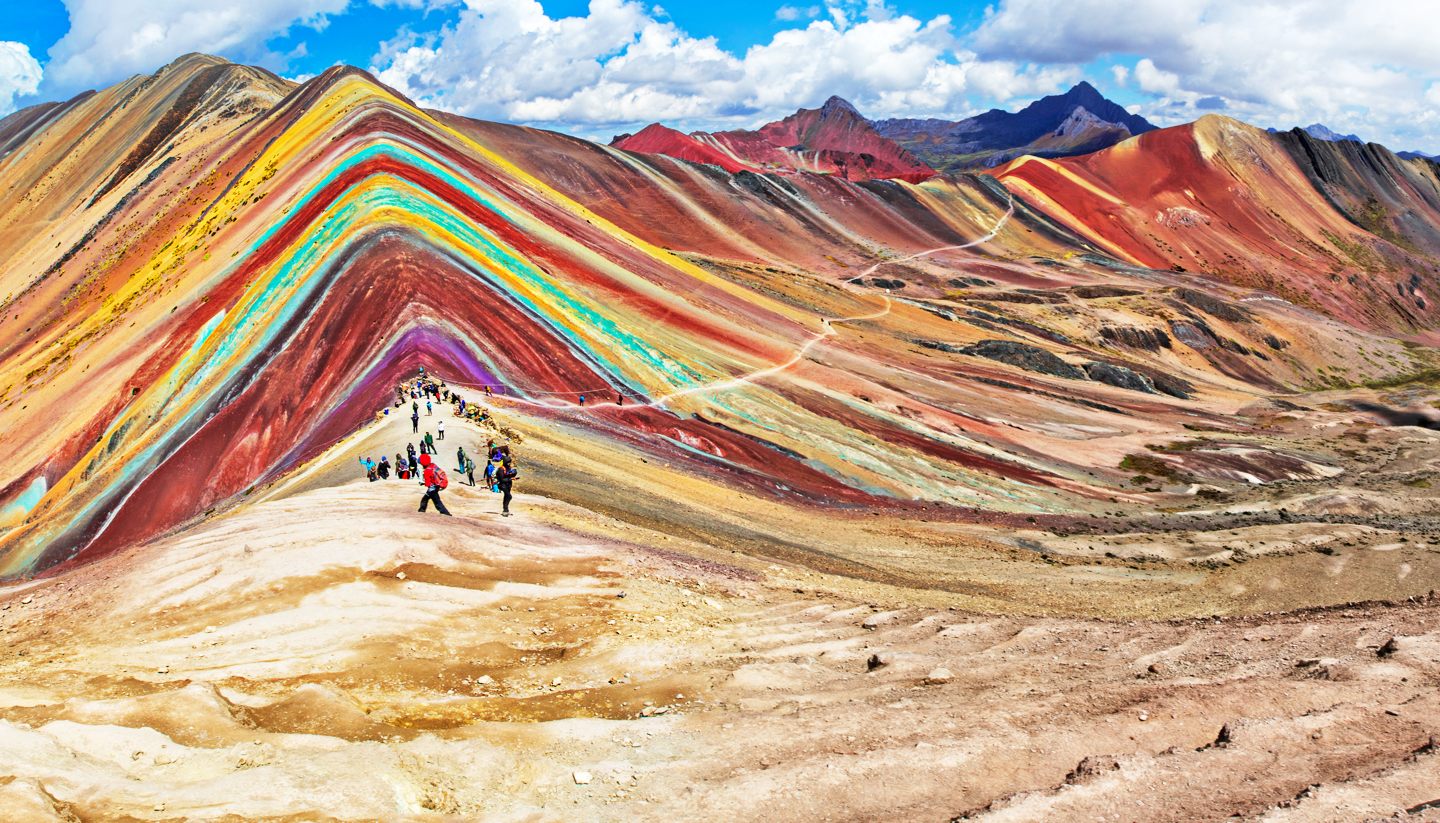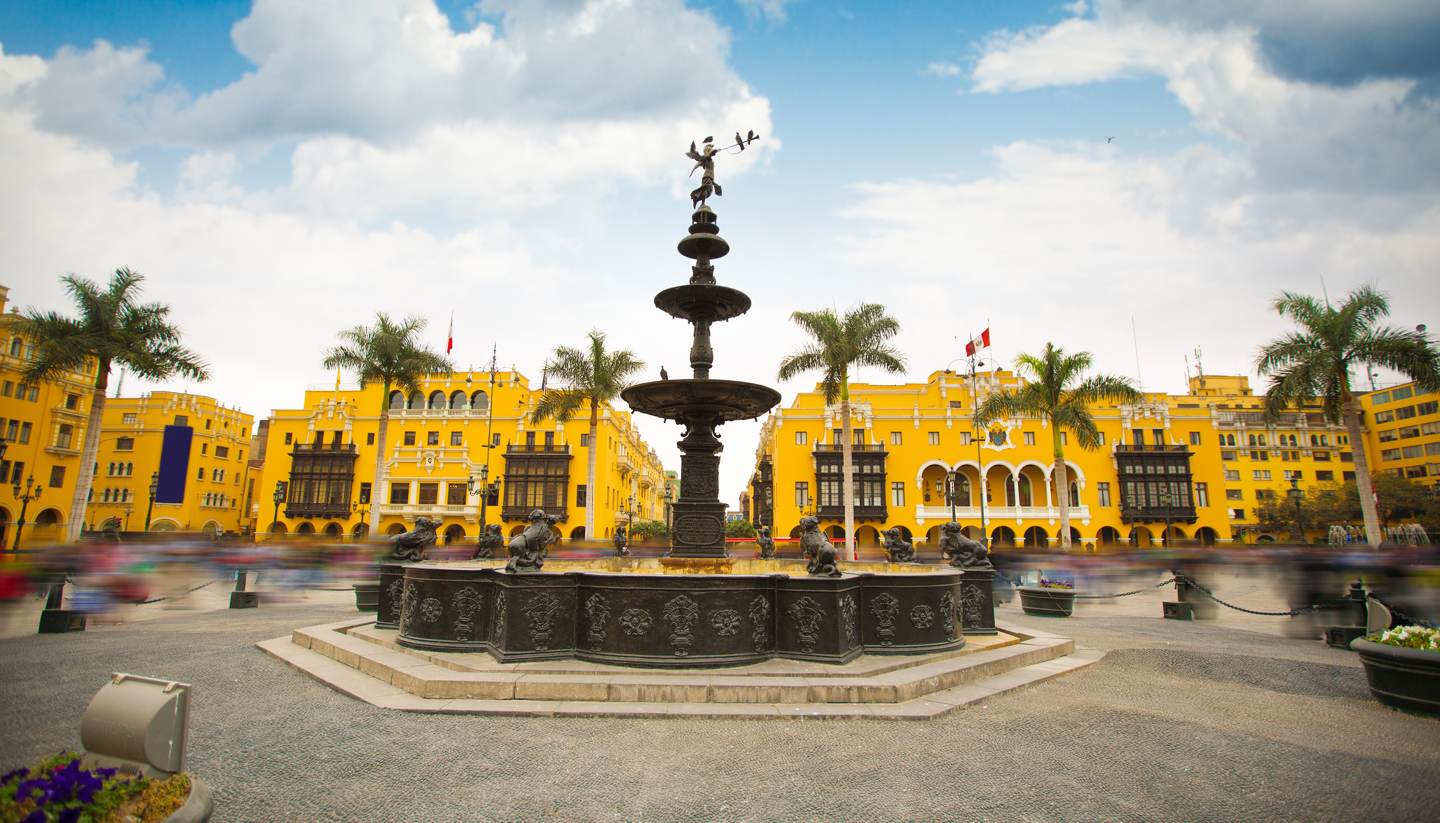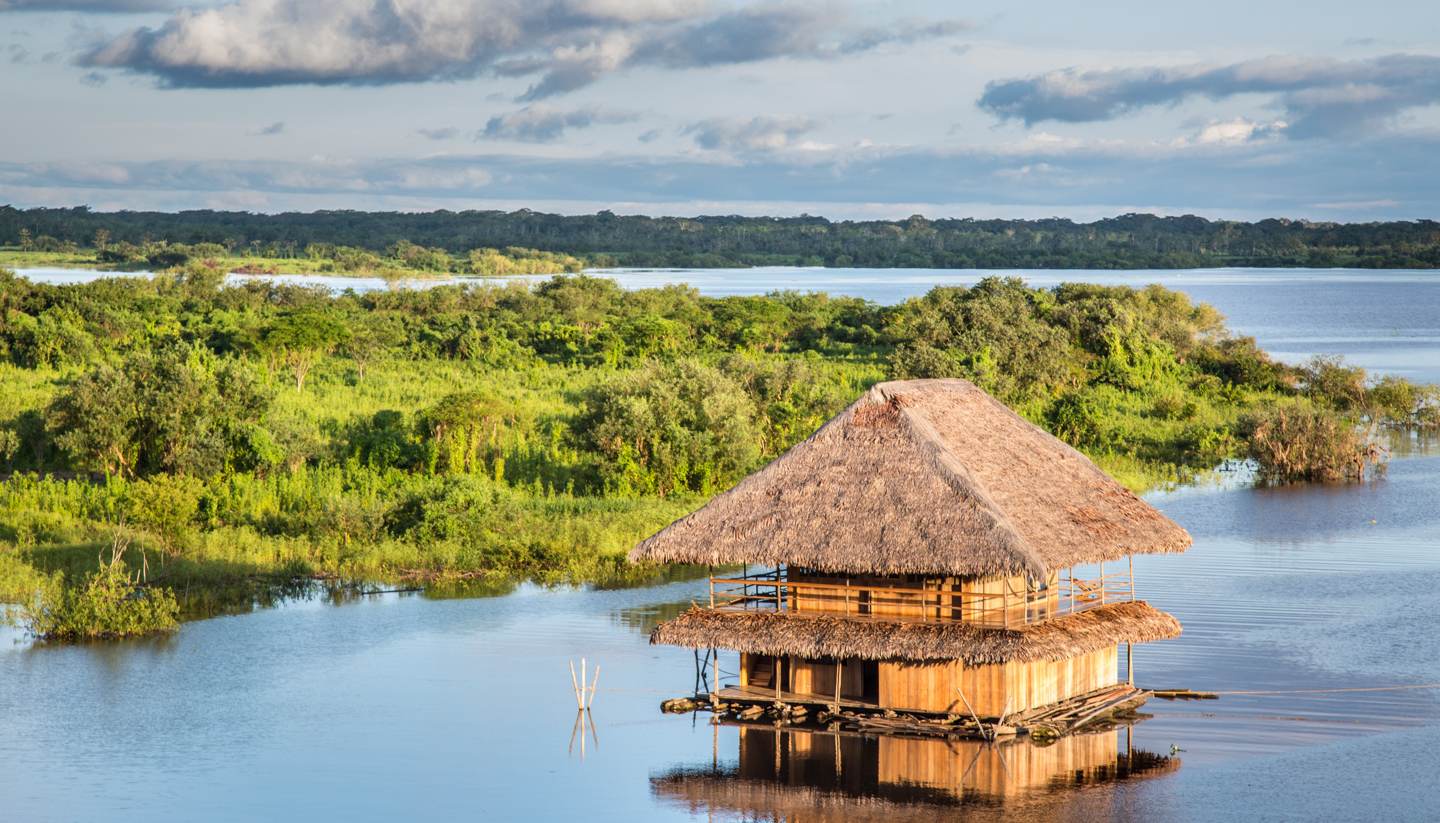Peru: Doing business and staying in touch
Doing Business in Peru
Like most South Americans, Peruvians have a very relaxed approach to time; both business and social meetings regularly start half an hour late. However, you should always be on time, regardless.
Breakfast and brunch business meetings are common but lunch remains an important way to entertain contacts.
Latin Americans take care over their clothes and overall appearance, and those doing business in Peru are advised to do the same. Politeness is very important and greetings in particular should not be rushed. Men shake hands, while women or men meeting other women often greet each other with a kiss. Business cards are usually exchanged before meetings.
A business trip that spans several days is likely to include an invitation for drinks or dinner at the house of a colleague. As a mark of respect, Peruvian colleagues should be addressed as usted (the polite form of tú) unless they indicate otherwise. Although the majority speak Spanish, many businesspeople speak some English. The main holiday period is January to March.
Office Hours
Generally Mon-Fri 0900-1800 with a two-hour lunch break.
Economy
The Peruvian economy is divided into two distinct parts: a relatively modern industrial and service economy concentrated on the coastal plain, and a subsistence agricultural economy in the interior. Inevitably, one consequence has been huge migration from the interior to the coastal cities. Most foreign investment is directed towards Peru's major industry, mining, which accounts for about half of export earnings. Meanwhile, tourism has snowballed and now accounts for more than 4% of Peru's gross domestic product (GDP), helping to generate nearly 1.4 million jobs for the country, directly and indirectly.
During the early to mid 1990s, Peru implemented important market-oriented reforms, including privatisation of key industries, trade deregulation and measures to attract foreign investment. The strategy was reasonably successful, and the country's economy is relatively stable. The unemployment rate was 7.6% in Lima in 2009, but it is estimated that up to 40% of the general workforce are underemployed. Peru's annual growth was estimated to be 9% in 2010. The inflation rate was 2% in 2009. The passing of Free Trade Agreements with the USA in 2009 and China in 2010 is expected to spur considerable growth in the next decade. Peru’s trade agreement with the EU should be established in 2012, and negotiations with the East Asian countries are ongoing.
GDP
US$189.1 billion (World Bank 2015).
Main exports
Copper, gold, zinc, petroleum, tin, anchovies, coffee and table grapes.
Main imports
Petroleum and petroleum products, plastics, machinery, chemicals, vehicles, TV sets and telephones.
Main trading partners
USA, China, Brazil, Mexico, Chile, and Colombia.
Keeping in Touch in Peru
Telephone
Telephone cards are available in the main cities from stands and supermarkets. The best and cheapest way to call home is to find an internet café that offers internet-based calls. You'll find them all over the country.
Mobile Phone
Roaming agreements exist with some international mobile phone companies, but making calls from an international phone will be very expensive. You can rent mobile phones in Lima and the main cities, or buy Peruvian SIM cards; the company Claro is best for international calls and texts, and Movistar is good for local calls. Remember to get your phone unlocked to accommodate a foreign SIM. Coverage is sporadic.
Internet
Public internet booths and internet cafés are widely available in cities and most towns. Wi-Fi is becoming increasingly common in cafés, restaurants and hotels.
Media
Privately run broadcasters and newspapers dominate the Peruvian media scene, with the state-run media having relatively small audiences. The airwaves of Lima are home to dozens of radio stations and several TV channels. Many radio stations and regional newspapers are available beyond the capital. Almost all hotels have TVs in the rooms (they seem to be considered just as important as hot water) and you can usually find an English-speaking channel. Morning daily newspapers include El Comercio and La República. British newspapers are not widely available but you can find them in the big cities.
Post
Airmail to Europe and the USA takes up to one week. Postal facilities are limited outside Lima. First-class airmail from Europe or North America addressed to PO boxes in Peru usually takes only a few days, but may be subject to delay. The main post office (Correo Central de Lima) is near the Plaza de Armas.
Post Office hoursMon-Fri 0800-2000; Sat 0900-1330.





